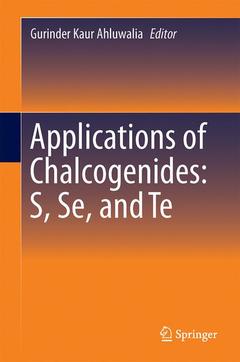Gurinder Kaur Ahluwalia is a lead instructor at the Department of Physics at College of the North Atlantic (CNA), Labrador West Campus in Canada since August 2007. Gurinder received her PhD in Physics with specialization in amorphous semiconductors (chalcogenides) from the Department of Physics and Astrophysics at Delhi University in India in 1992. Thereafter she pursued active research on materials including chalcogenides and silicon at institutions across the globe. Coupled with 20+ years of professional experience in teaching and research, and more than 65 publications in international arena on investigation of novel materials as well as a book chapter on ‘Triblock Polymer Colloidal Nanoparticles”, Gurinder acquired top rated skills in sophisticated technologies such as; Synchrotron Beam line, Thin Film Technologies MBE, Photo-CVD, Thermal evaporation, Electron beam), Differential Scanning Calorimetry, UV-VIS-NIR Spectroscopy, Atomic force Spectroscopy, Electron Microscopies, Dielectric, Dark and photoconductivity measurements, cell designing for conductivity and dielectric measurements. Her Research Interests are focused on designing and investigation of novel materials for photovoltaics, non-linear optics devices, polymers, data Storage devices and biomaterials. Her research assignments include visiting professor at Institute for Molecular Science, Okazaki, Japan (1993), visiting scientist-University of Palermo, Italy (1993-1994), Monbusho postdoctoral fellowship-Toyohashi University of technology (1995-1996), visiting scientist (2003 and 2004)- Science University of Tokyo, JSPS (Japan Society for Promotion of Science) visiting professor (2003)-Osaka City University, Japan. She taught Physics at undergraduate and postgraduate levels at Delhi University (1992-1993) and Guru Nanak Dev University (GNDU) in Amritsar, India (1996-2005) and pursued research on materials, polymers and surfactants. In 2005 she moved to Canada along with her family and was accept




